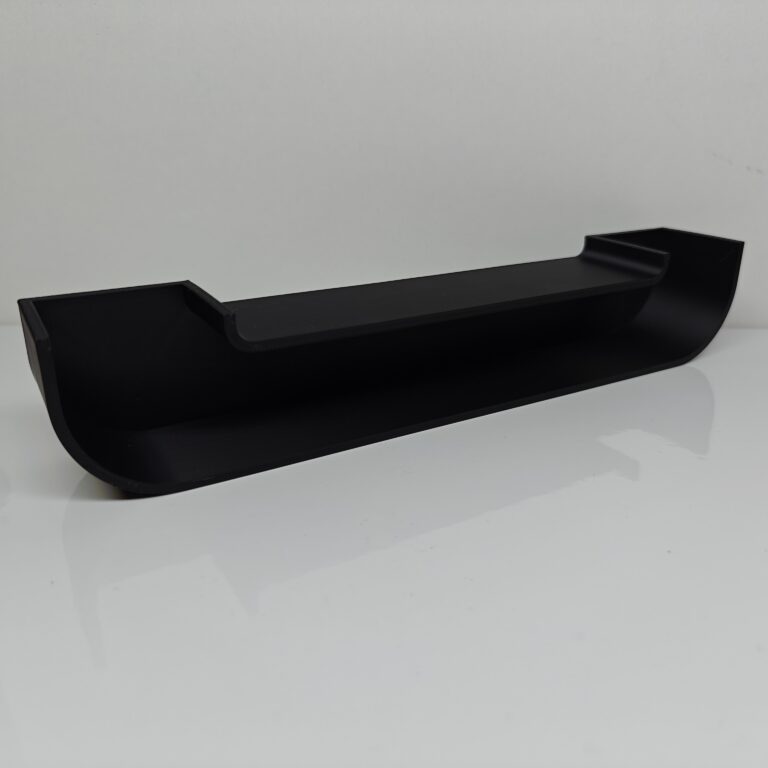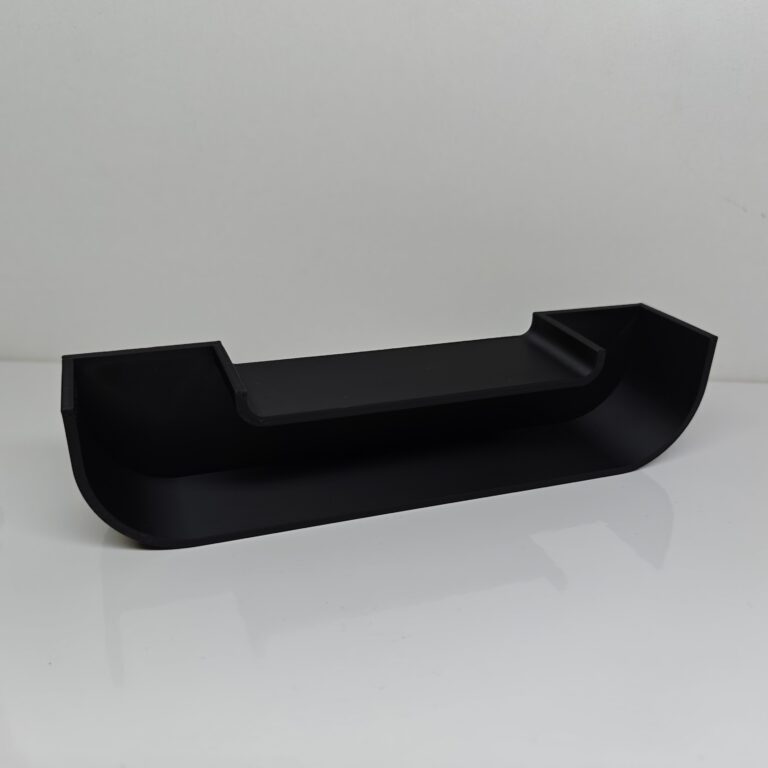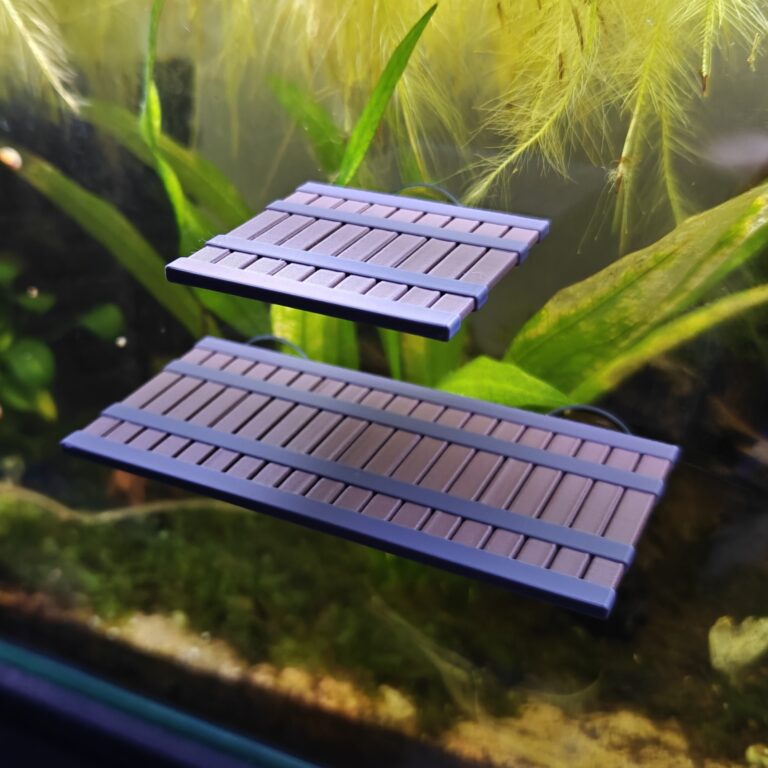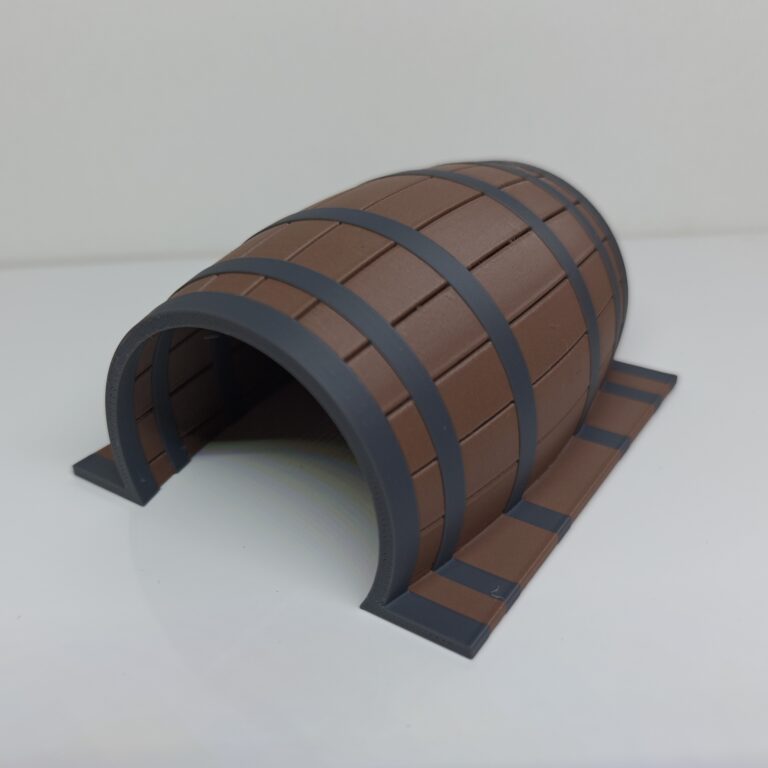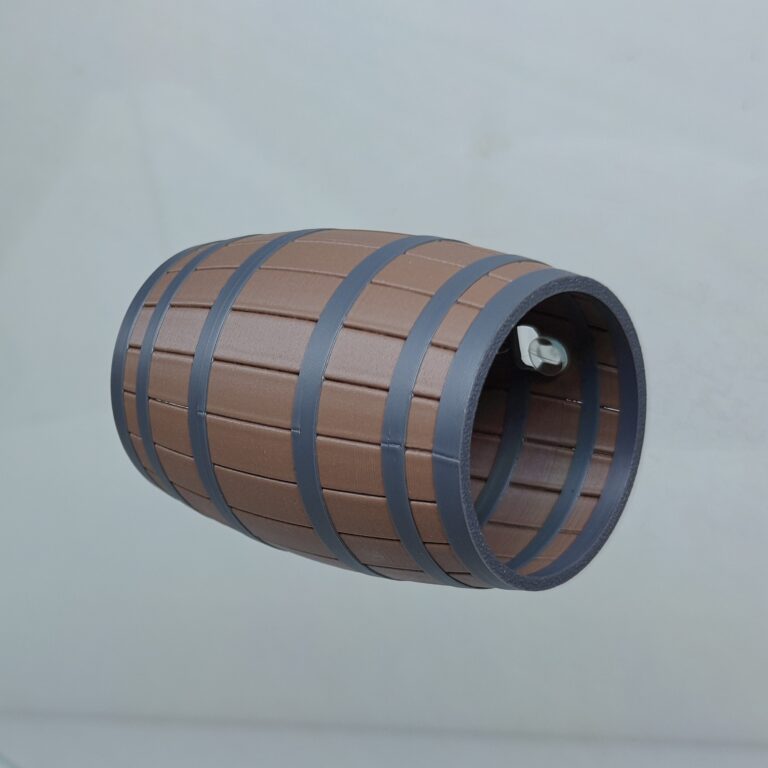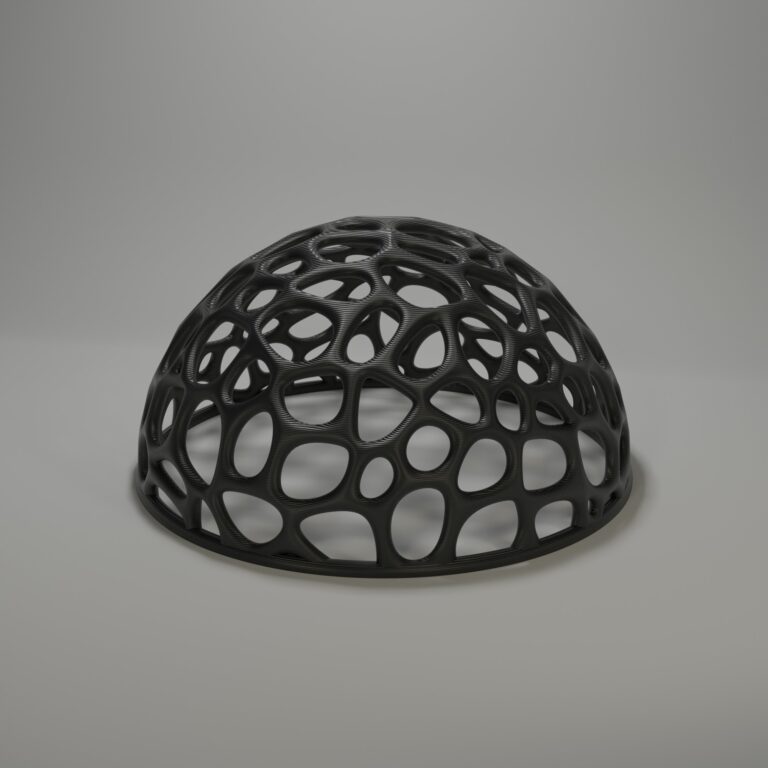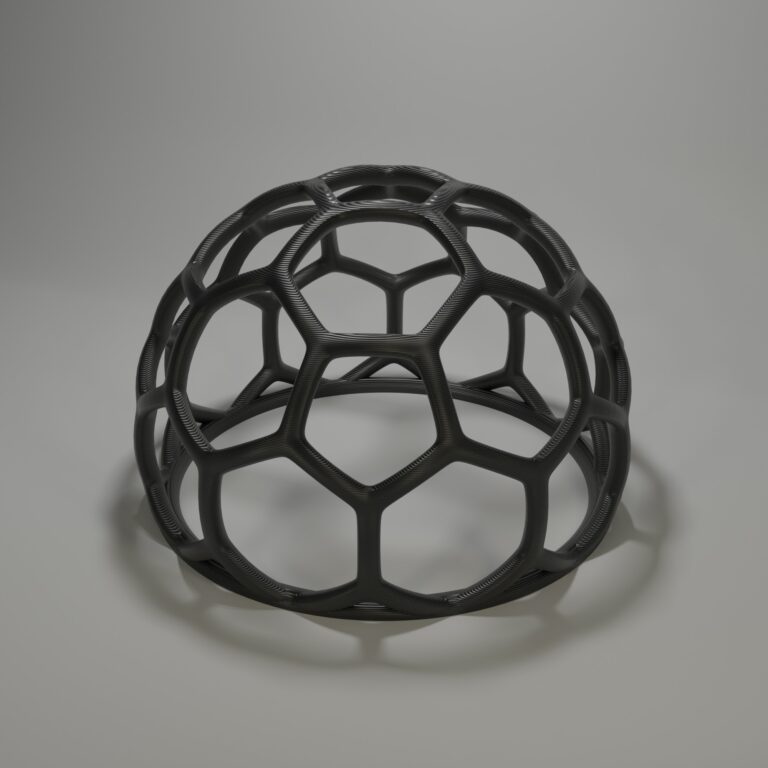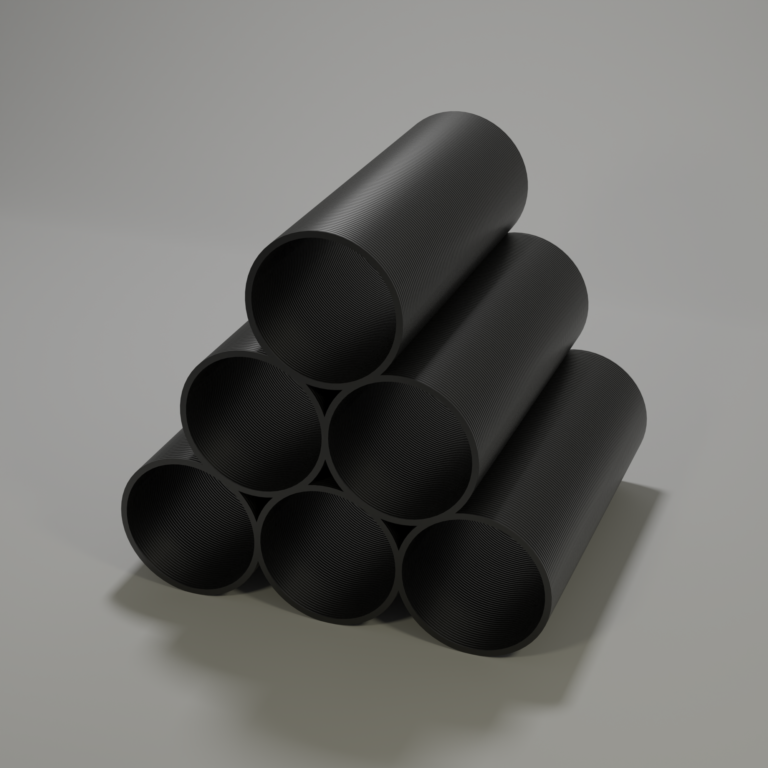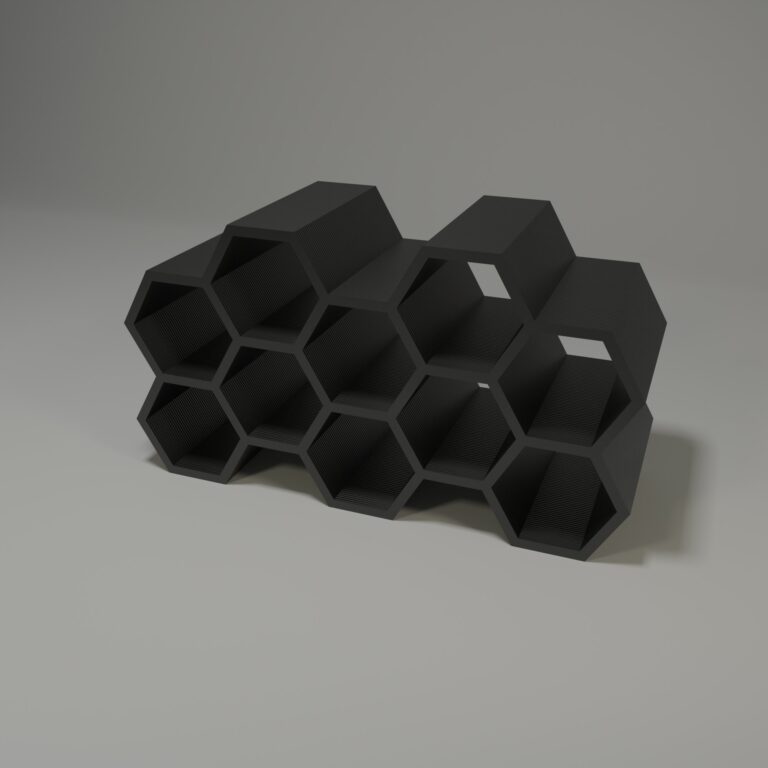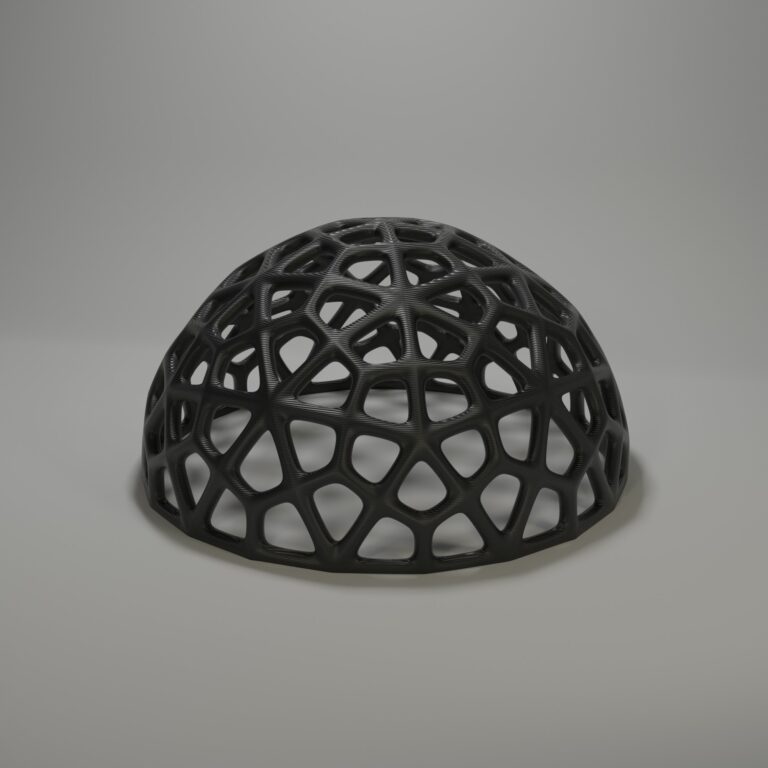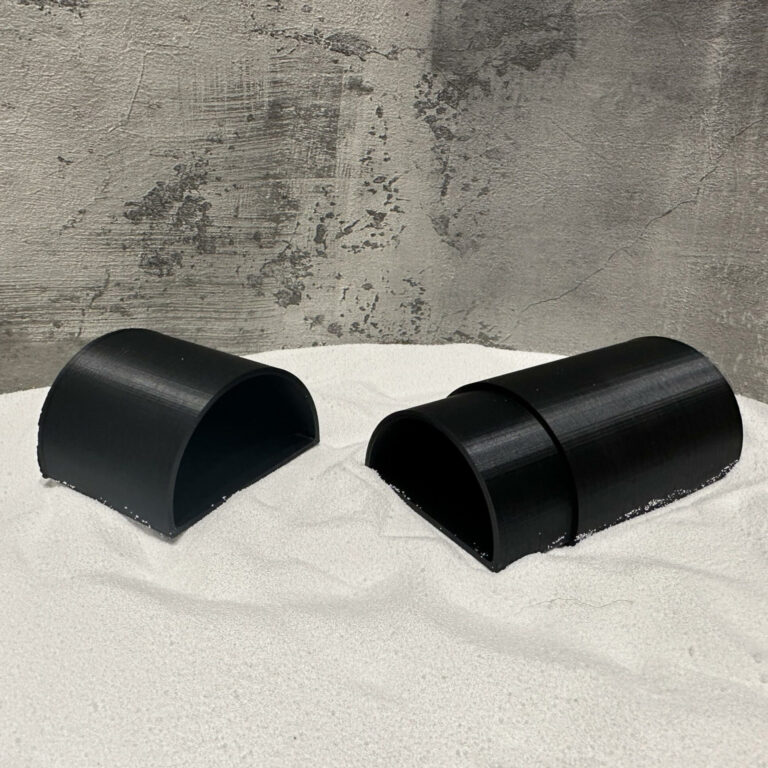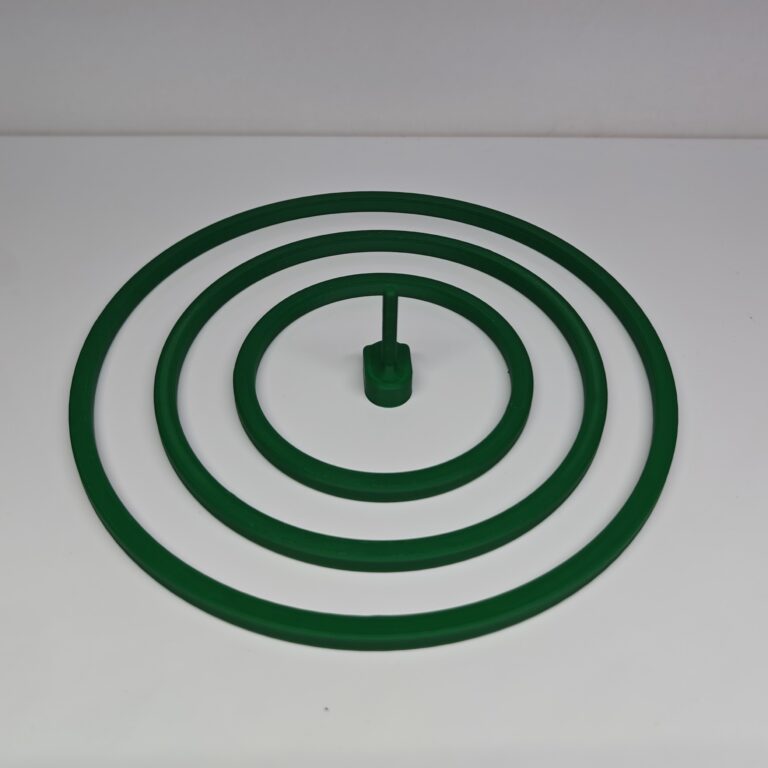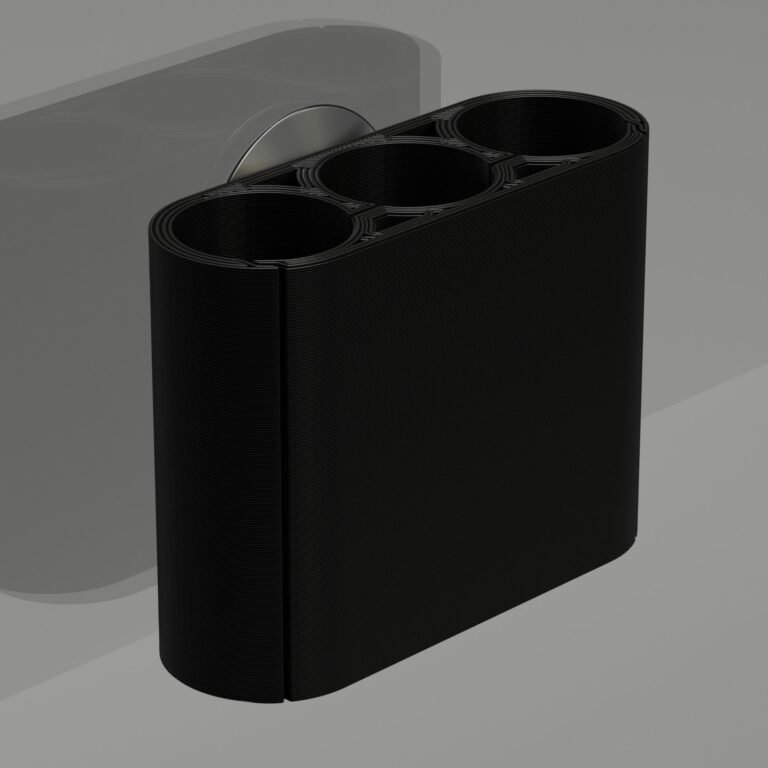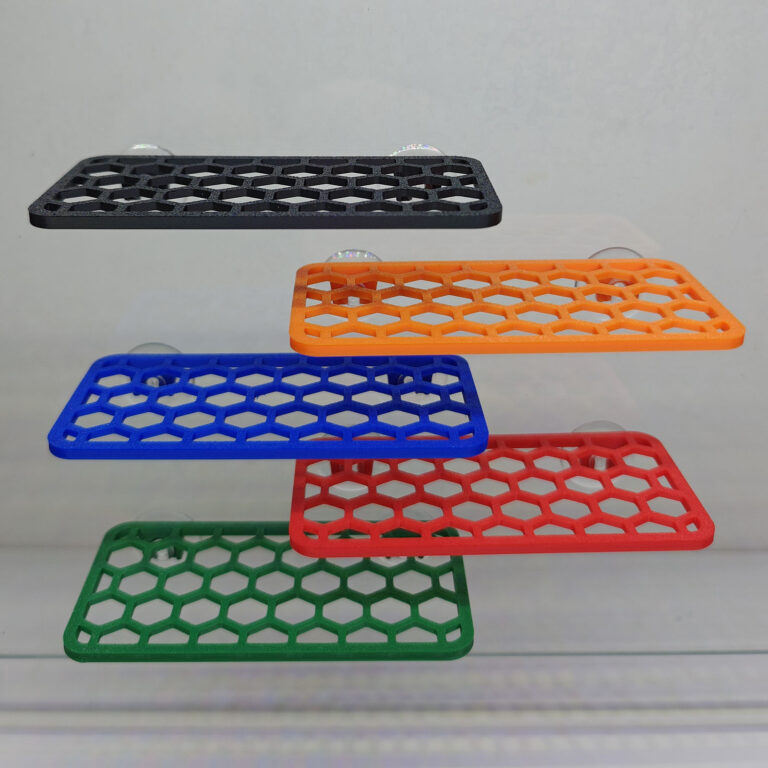Cherry shrimp are a popular choice for freshwater aquarium enthusiasts due to their bright colors and helpful scavenging habits. They are a great addition to community tanks and are relatively easy to care for. This guide will cover everything you need to know to keep your cherry shrimp healthy, happy, and thriving in your aquarium.
Size and Life Expectancy
Cherry shrimp typically grow to about 1.5 inches in length, with females being slightly larger than males. They have a lifespan of around one year, although with ideal care, they can live up to two years.
Types of Cherry Shrimp
Cherry shrimp, or Neocaridina davidi, come in a variety of colors, not just the traditional red. These color morphs are popular among aquarium enthusiasts, and some of the most common ones include:
- Red Cherry Shrimp: The classic color variant, typically red, with some shrimp having varying shades of red.
- Blue Dream: These shrimp are a beautiful blue color and are highly sought after due to their striking appearance.
- Black King Kong/Black Rose: These shrimp are deep black, with some variations having a glossy appearance.
- Yellow Sakura: A bright yellow variation that’s both vibrant and eye-catching.
- Green Jade: These shrimp are a rich green and can add a unique touch to your tank.
- Orange Sakura: Bright orange shrimp that can create a vivid contrast in your tank.
How to Sex Cherry Shrimp
Sexing cherry shrimp is relatively easy once you know what to look for:
- Females are typically larger than males, with some reaching up to 1.5 inches in length, while males usually stay smaller (around 1 inch).
- Females often have a more vibrant and intense color, especially when they’re carrying eggs. You can also spot a saddle on the female’s back, which is where her eggs are stored.
- Males are generally slimmer and have less intense color. Their bodies are more transparent compared to females.
By paying attention to these traits, you can easily identify and separate your male and female shrimp for breeding or observation.
Range and Habitat
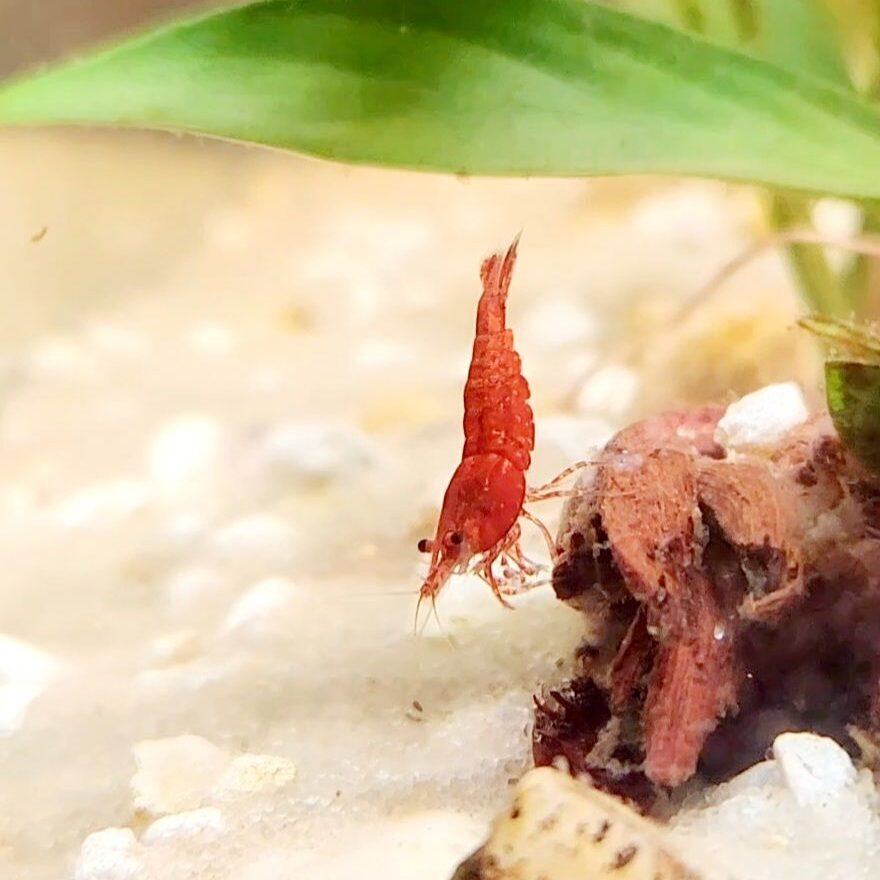
Cherry shrimp are native to the freshwater streams of Taiwan and Southern China. These shrimp are found in clean, oxygen-rich water and prefer slightly hard water with stable conditions.
Cherry shrimp normally live in tropical waters, but Neocaridina davidi populations have been observed as far north as Poland likely due to the result of domestic pets being released.
Caring for Cherry Shrimp
Now that you know what cherry shrimp are and where they come from, let’s get into how to care for them in your aquarium.
Tank Size
Cherry shrimp don’t require large tanks. A tank as small as 5 gallons is ideal, with a general rule being 5-10 shrimp per gallon. However, if you’re planning to breed them or keep a larger group, you might want to increase the tank size. It’s also essential to keep the tank well-stocked with live plants, as these provide both food and hiding spots.
Temperature and Water Conditions
The ideal temperature range for cherry shrimp is between 22–24°C. Their water should be clean and stable, with a pH level between 6.5 to 8.0 and a general hardness (GH) of 7.0–14.0 dGH. Because cherry shrimp are sensitive to changes in water quality, it’s best to add them to an already established tank. Be sure to regularly monitor water parameters and avoid using cherry shrimp to cycle a new tank.
Care Requirements
Cherry shrimp are low-maintenance, but keeping water quality stable is crucial. They are sensitive to ammonia, nitrites, and nitrates, so having a good filtration system is important. Sponge filters are a good option, as they are gentle enough for shrimp. It’s also recommended to perform water changes of 20% monthly, ensuring you don’t overfeed.
Cleaning and Maintenance
To keep your shrimp happy, regular maintenance is key. Check the water chemistry bi-weekly and keep the tank free of excess food and debris. Shrimp are scavengers, so they’ll help clean up leftovers, but you should always be mindful not to overfeed.
Feeding Cherry Shrimp
While cherry shrimp are excellent algae eaters, they can benefit from supplementary feeding. Algae wafers, blanched vegetables, and high-quality shrimp pellets are ideal food options. Since they are small, it’s important not to overfeed them, as leftover food can cause ammonia spikes, which are harmful to shrimp.
Cherry Shrimp with Plants

Cherry shrimp thrive in tanks with live plants, as they help maintain water quality and provide a natural food source in the form of biofilm. Plants like Java Moss are great for shrimp because they also provide hiding places. Including plants in your tank is a great way to create a healthy, thriving environment for your shrimp.
Shrimp are great at keeping plants looking great by eating algae growing on leaves as well as any dead or decaying leaves.
Plants also help by absorbing excess nitrates helping keep tank parameters stable.
Health and Diseases
Cherry shrimp are generally healthy but can be sensitive to poor water conditions. Keeping your tank clean, maintaining proper water parameters, and avoiding harsh chemicals will help prevent common diseases. One condition to watch for is the “White Ring of Death,” which can occur if a shrimp’s exoskeleton splits improperly during molting due to poor water quality.
Tank Mates
Cherry shrimp are peaceful and can coexist with small, non-predatory fish. Some good tank mates for cherry shrimp include:
- Small Tetras
- Guppies
- Corydoras Catfish
- Otocinclus Catfish
- Ramshorn Snails
However, avoid keeping cherry shrimp with larger or predatory fish that could easily eat them, like cichlids or larger tetras.
Hiding Places and Decor
Providing hiding places in your tank is essential for cherry shrimp. They are shy creatures and will appreciate having somewhere to retreat when they feel threatened. You can add decorations like driftwood, rocks, and plants to your tank. These provide surfaces for biofilm to grow, giving your shrimp a natural food source. Our shrimp hides are perfect for creating safe spots where your shrimp can relax and feel secure, making them a great addition to your aquarium setup.
Shop Shrimp Hides:
Common Problems
- Stress: Cherry shrimp are sensitive to stress, which can cause them to lose their color or even die. Keep water parameters stable and avoid sudden changes.
- Poor Water Quality: Ammonia and nitrites can be harmful to shrimp. Regular water testing and maintenance are crucial.
- Predators: Larger fish can eat cherry shrimp. Always choose peaceful tank mates that are shrimp-safe.
Breeding Cherry Shrimp
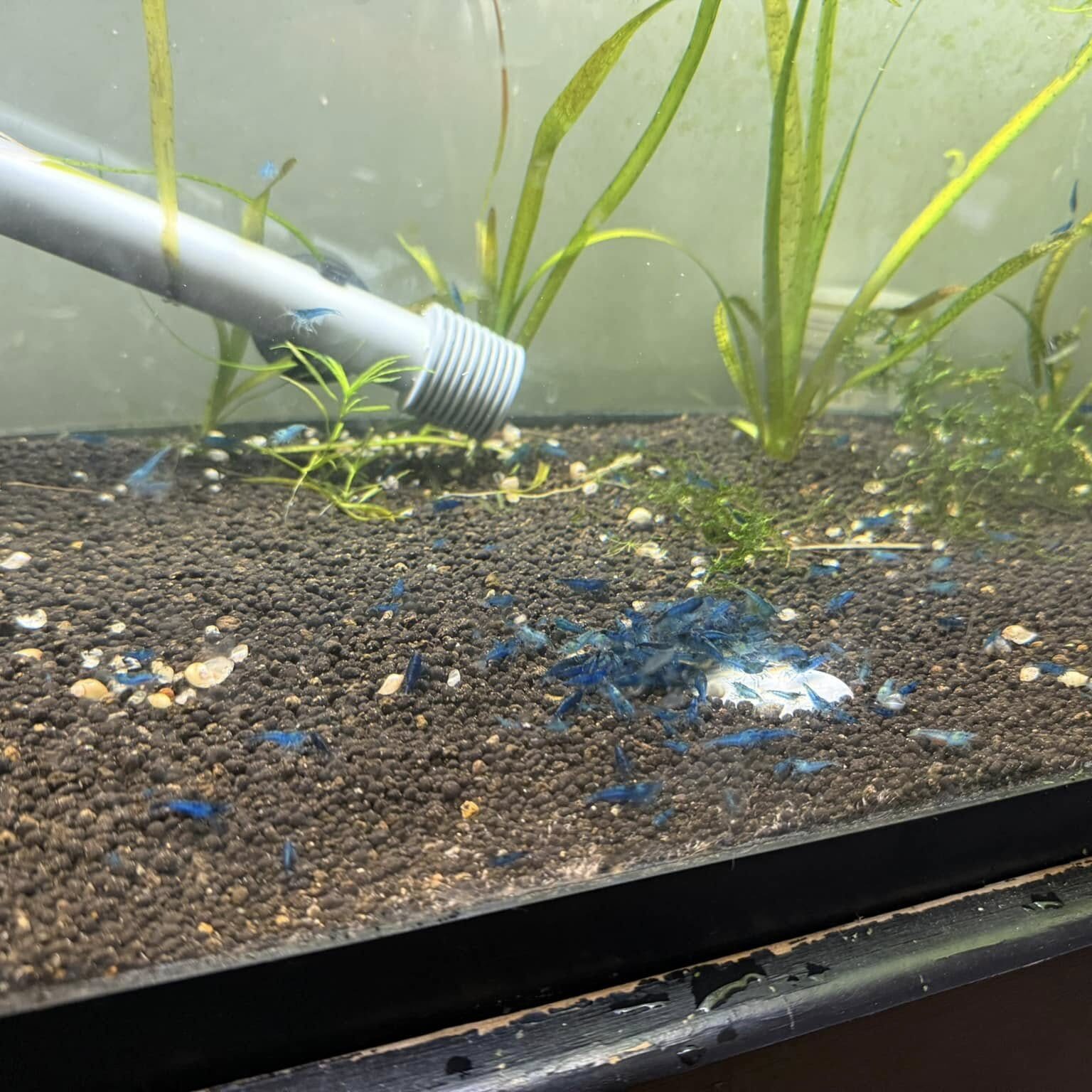
Breeding cherry shrimp is relatively easy, and they breed quickly once they are comfortable in their environment. For successful breeding, you’ll need a group of at least 10 shrimp (preferably a mix of males and females) in a planted, established tank. When the female molts, she releases hormones that attract the males, and the process of egg fertilization begins. The female then carries the eggs on her abdomen for about 30 days before they hatch. The baby shrimp, called shrimplets, are born independent and will start scavenging for food immediately.
FAQs About Cherry Shrimp
Can cherry shrimp live in tap water?
Yes, cherry shrimp can live in tap water, but it’s important to ensure the water parameters (like pH, hardness, and temperature) are within the suitable range for them. Use a water conditioner to remove harmful chemicals like chlorine.
Is copper toxic to cherry shrimp?
Yes, copper is toxic to cherry shrimp, even in small amounts. Avoid using copper-based medications or fertilizers in tanks that contain shrimp.
What is molting in cherry shrimp?
Molting is the process where a shrimp sheds its old exoskeleton to grow. During this time, shrimp are vulnerable and may hide for protection.
How to choose a cherry shrimp?
Look for vibrant colors and active shrimp when choosing cherry shrimp. Ensure they are in a stable tank environment and free from disease.
Cherry shrimp are a fantastic addition to any aquarium, providing both beauty and function. By following these care tips and maintaining a stable environment, you’ll have happy, healthy shrimp that thrive in your tank!
